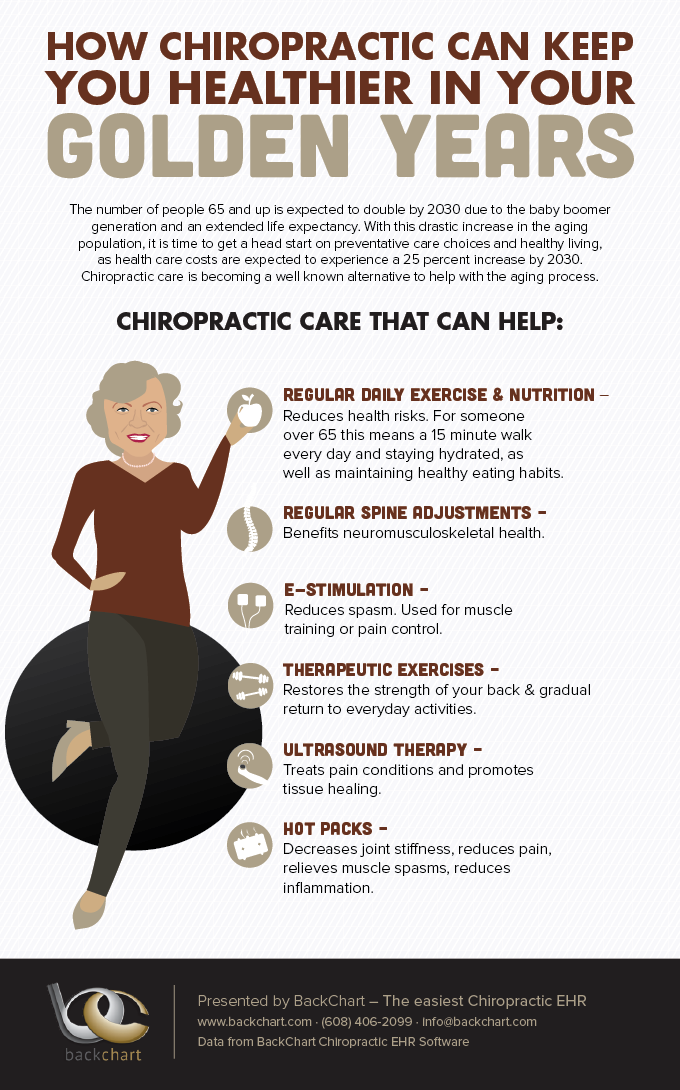Regular Tasks That Contribute To Pain In The Back And Ways To Avoid Them
Regular Tasks That Contribute To Pain In The Back And Ways To Avoid Them
Blog Article
Content Create By-Snyder Harper
Preserving correct pose and staying clear of common challenges in day-to-day tasks can considerably affect your back wellness. From exactly how you rest at your desk to how you lift heavy items, small adjustments can make a huge distinction. Imagine a day without the nagging back pain that impedes your every action; the solution could be easier than you believe. By making a couple of tweaks to your daily behaviors, you could be on your means to a pain-free presence.
Poor Pose and Sedentary Way Of Life
Poor posture and an inactive lifestyle are two major factors to pain in the back. When you slouch or hunch over while sitting or standing, you placed unnecessary stress on your back muscles and spinal column. This can result in muscular tissue inequalities, stress, and at some point, chronic back pain. Furthermore, sitting for extended periods without breaks or physical activity can weaken your back muscle mass and cause rigidity and pain.
To fight pain lower back , make a conscious effort to rest and stand right with your shoulders back and straightened with your ears. https://chiropractorwithmassageth95062.blog5star.com/31078382/analyzing-the-association-in-between-chiropractic-care-practices-and-performance-in-sports in mind to maintain your feet flat on the ground and prevent crossing your legs for prolonged durations.
Incorporating regular stretching and enhancing workouts into your daily routine can also aid boost your posture and alleviate neck and back pain associated with a sedentary way of life.
Incorrect Training Techniques
Inappropriate training strategies can dramatically add to pain in the back and injuries. When you lift hefty things, keep in mind to bend your knees and use your legs to lift, as opposed to relying on your back muscle mass. Stay clear of turning your body while lifting and maintain the item near your body to lower strain on your back. It's important to keep a straight back and avoid rounding your shoulders while lifting to avoid unnecessary pressure on your back.
Always examine the weight of the things before raising it. If it's also hefty, request for aid or usage tools like a dolly or cart to carry it securely.
Remember to take breaks during lifting jobs to offer your back muscular tissues an opportunity to rest and stop overexertion. By executing correct training methods, you can prevent neck and back pain and decrease the threat of injuries, ensuring your back remains healthy and strong for the long term.
Absence of Regular Workout and Extending
An inactive way of living without routine exercise and extending can significantly add to pain in the back and pain. When you don't take part in exercise, your muscular tissues come to be weak and stringent, causing bad stance and increased pressure on your back. Regular exercise helps enhance the muscles that support your spinal column, improving stability and lowering the threat of neck and back pain. Incorporating extending into your regimen can also enhance versatility, avoiding stiffness and discomfort in your back muscle mass.
To prevent pain in the back triggered by a lack of exercise and stretching, go for at least thirty minutes of modest exercise most days of the week. Include workouts that target your core muscular tissues, as a solid core can help ease pressure on your back.
Additionally, take breaks to extend and move throughout the day, particularly if you have a desk work. Basic stretches like touching your toes or doing shoulder rolls can help soothe stress and stop neck and back pain. Prioritizing normal exercise and extending can go a long way in maintaining a healthy and balanced back and reducing pain.
Verdict
So, keep in mind to sit up directly, lift with your legs, and remain energetic to avoid back pain. By making straightforward adjustments to your daily practices, you can avoid the discomfort and constraints that come with neck and back pain. Deal with your back and muscular tissues by practicing great posture, correct lifting techniques, and routine exercise. Your back will certainly thank you for it!
